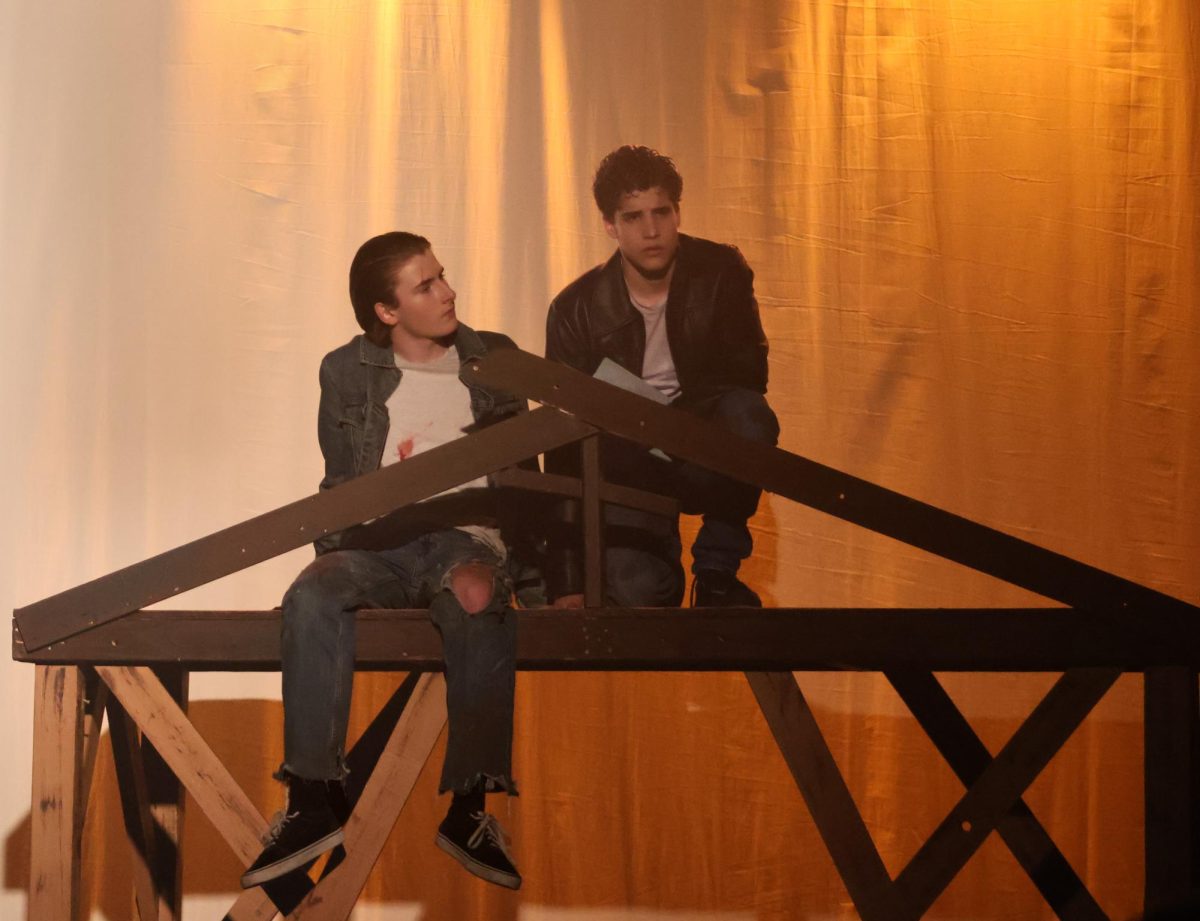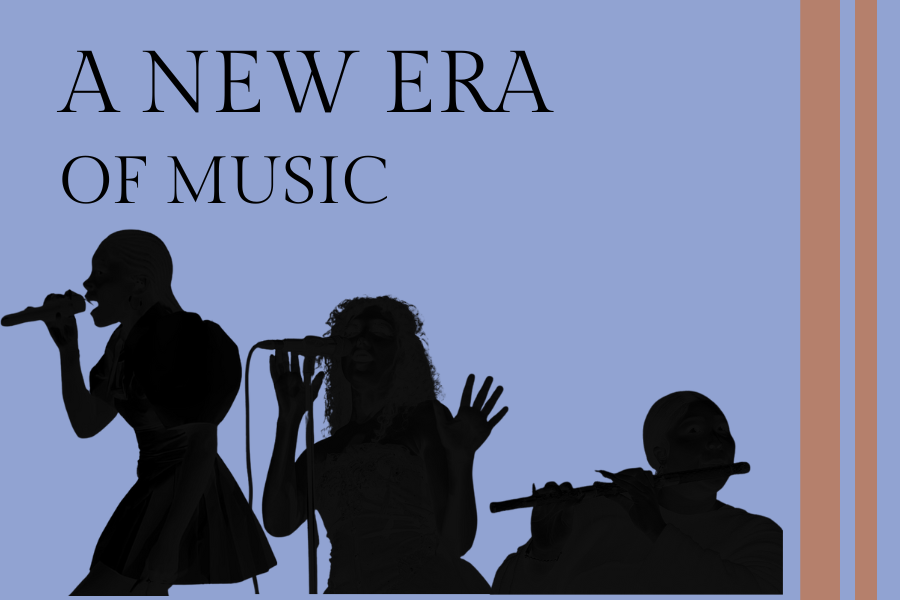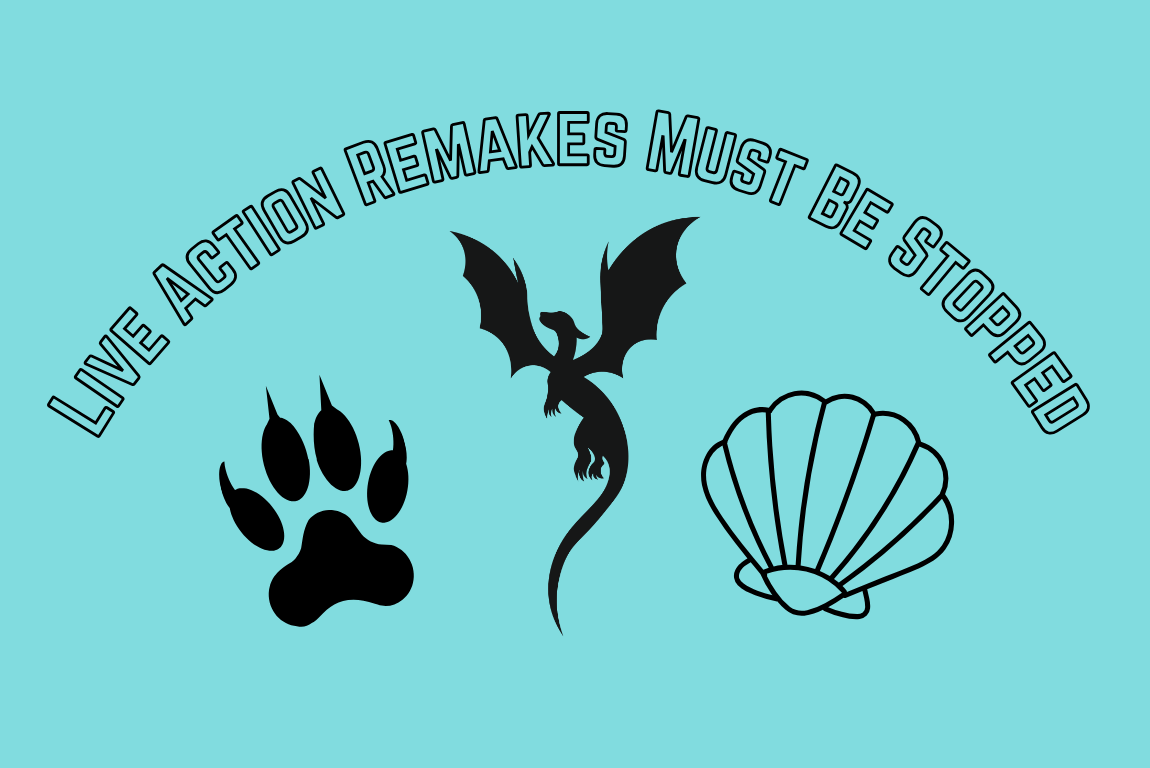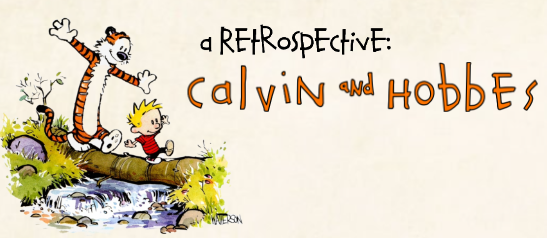A childhood favorite for many in the late 2000s, Nickelodeon’s Avatar the Last Airbender follows Team Avatar — Aang, Katara, and Sokka — as they travel the world and help Aang master all four elements in time to stop the Firelord from world domination.
Riding on the success of the animation, Netflix announced production for the live-action to begin in 2019. But after the burning heap that was the 2010 live adaption of the beloved series and Netflix’s fluctuating record with remakes, fans had low expectations for this version. Further increasing skepticism, co-creators of the original animation Michael DiMartino and Bryan Konietzko were on board as show-runners and producers for the live-action. Unfortunately, they left in the middle of the making due to “creative differences”.
Perhaps their mysterious leave has much to do with pacing. The series combines major scenes into a little over eight hours of content covering the first 20 episodes of the animation. This may feel strange to original fans, as major characters such as Jet, King Bumi, and the Mechanist are crammed into one episode. The show adapts and finds a point at which their storylines overlap, however, in doing so, it dismisses the important lessons Team Avatar should have learned when they individually met each of these characters in the animation. Originally, DiMartino and Konietzko took special care in intimately crafting the relationships members of Team Avatar have with each other, but because the live-action is so rushed, this causes a disconnect between viewers and the cast.
Additionally, the actors have more chemistry outside of the show. From the surface, they are replicas of their animated selves. But when shooting, the screenwriting causes them to feel flat and two-dimensional. Aang lacks the playfulness of a 12-year-old, Katara does not have her vibrant and rebellious spirit, and Sokka tries to incorporate his trademark sarcasm, but the humor does not translate well in real life. Azula, the Firelord’s daughter, does not have the cutting edges and threatening nature of the original character, instead feeling like a whiny teenager. Only Zuko, who was hunting the Avatar, was portrayed well. By including a flashback of his past and the wise remarks from fans’ beloved Uncle Iroh, his character garnered fans’ sympathy.
In terms of accuracy, thankfully, the live-action did not make the same mistakes as its predecessors and was not accused of “whitewashing” its cast nor did it face as much scorn for crude special effects. In Netflix’s version, the VFX technology revealed another visual dimension through a beautiful landscape and varying cultures as viewers followed Team Avatar on Aang’s sky bison, allowing for an immersive experience. The action aspect of the show included combat scenes that incorporated well-rehearsed martial arts and clashes of elemental bending — a visceral reflection of the heat of battle.
Recreating a show that is known for creatively weaving in bits of storytelling throughout the season is difficult, and overall, they stayed true to the original script. I believe the writers did all they could for the characters with the limited amount of episodes they had. The plot, though sometimes questionable, covered enough of the main story to drive tension toward the last battle. The main issue is time — the live-action is missing pieces, the gradual building of one storyline that made watching the animation so special.
Netflix has just announced they will renew the show’s contract for the second and third seasons, so hopefully in the future, we will see better progress with the screenwriting and be able to share appreciation for both the animation and the live action.














